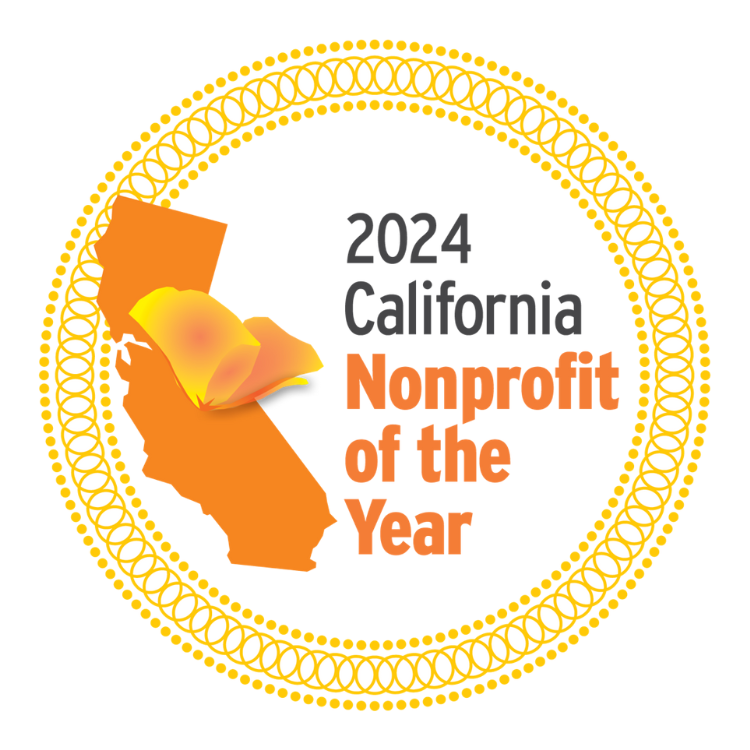This method was originally designed and successfully implemented by Chris Pickerell through Cornell University and SeagrassLI.org.
Rather than removing entire eelgrass plants from donor beds, only the flowering portions of an eelgrass plant are removed and placed by land-based volunteers into mesh bags. These bags are then tied to a buoy on the surface of the water, which is anchored to the seafloor using concrete blocks. The bags act as a vessel to disperse seeds into the water column, which drop to the seafloor and develop into new plants! This method typically requires one year to see significant results.
The intent of using these different methods is not only to evaluate the success and cost-effectiveness of each, but also to develop methods that can be safely and easily undertaken by the community. It is an effort to involve concerned local citizens in the preservation of this vital natural resource and we hope to see success with each method!





